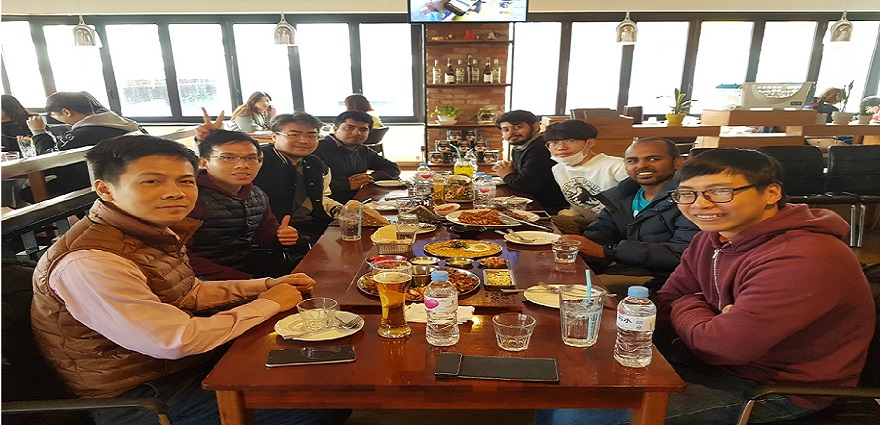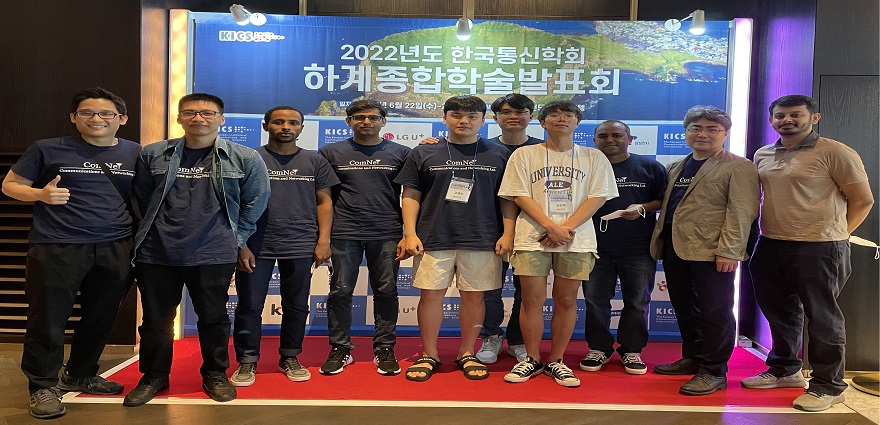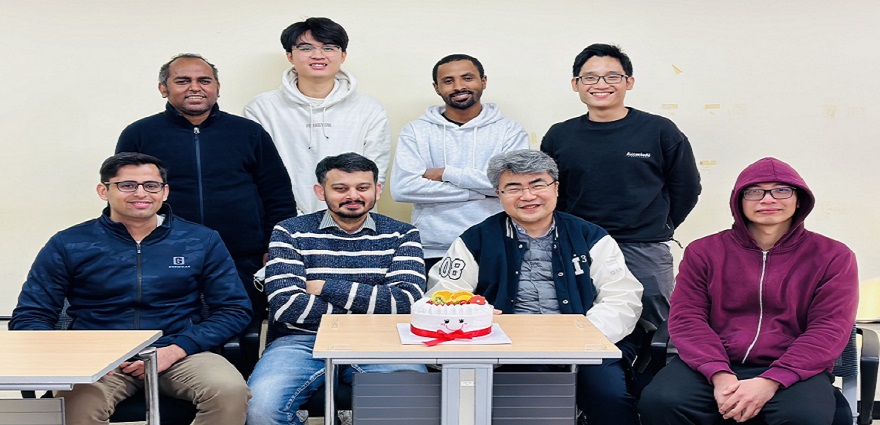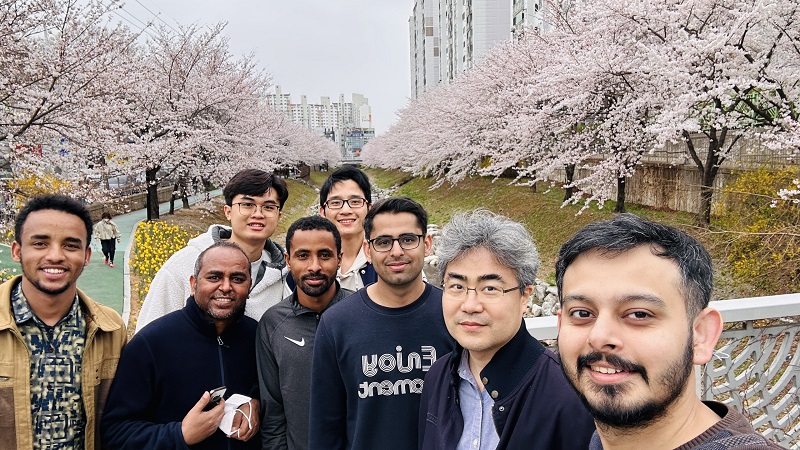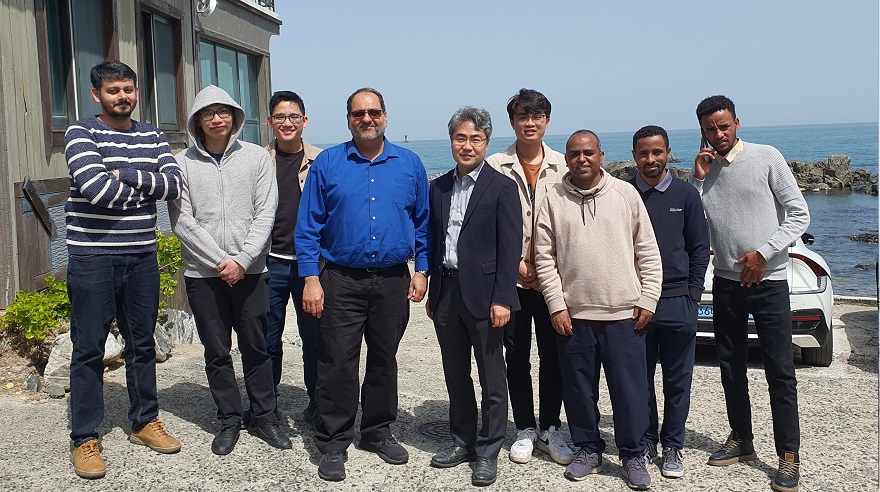Welcome to Communication and Networking Laboratory
The Communications and Networking Laboratory (ComNeT) was established in 2010 within the Department of Electrical Engineering in University of Ulsan. In the Laboratory undergraduate and graduate students are mentored to scale up their practical and professional knowledge, alongside building strong connections between academia and industry. The laboratory is supervised by Prof. Kwon Sungoh.
In ComNeT students are working on Mobile communication, Sensor networks, and Bio-signal processing.
We co-work with Hyundai, ETRI, and Sinkpuls for new inventions.
ComNet Projects
1. Wireless Network Optimization for 5G and Beyond
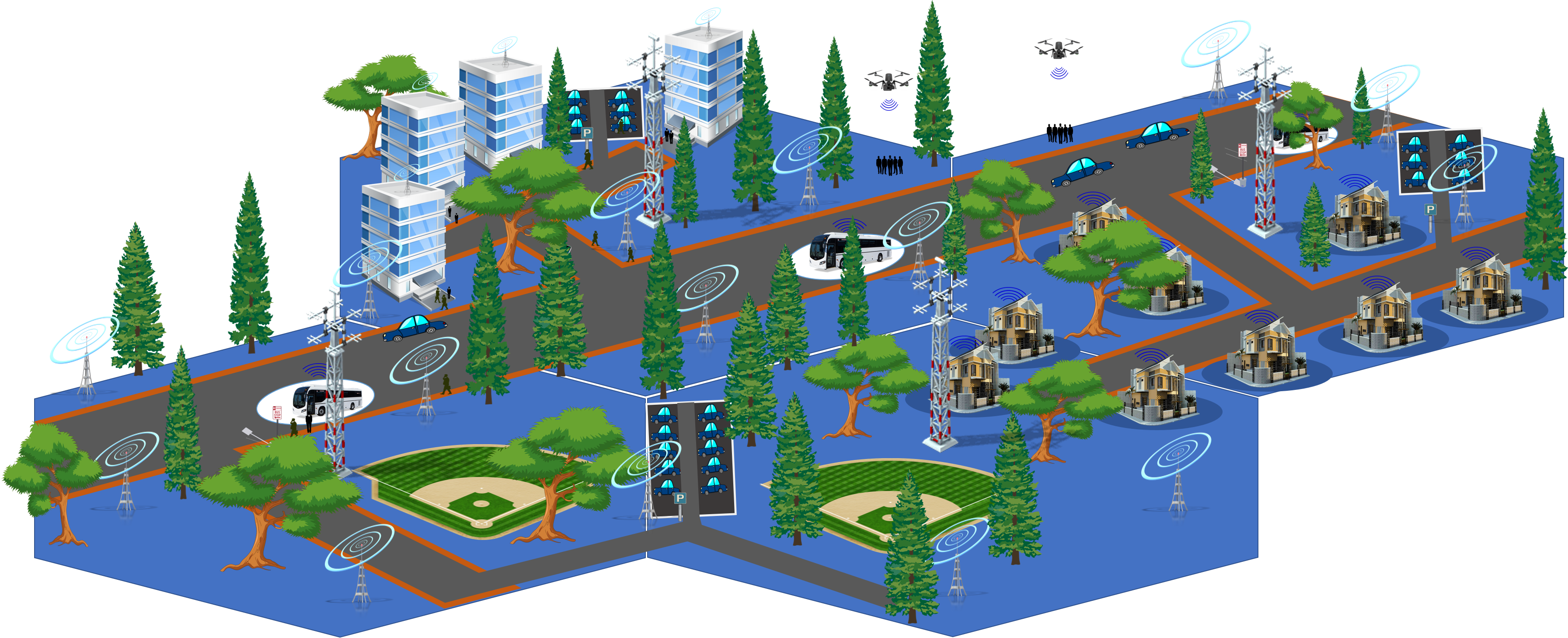
Research Focus:
Optimizing wireless networks for 5G and beyond focuses on boosting edge throughput through multi-connectivity and Coordinated Multi-Point (CoMP) techniques, allowing simultaneous connections to multiple nodes for resilient, high-throughput service. Integrating 5G terrestrial and satellite communications further expands coverage, delivering seamless high-speed connectivity to remote areas. This combined approach enhances network reliability, supports diverse applications like IoT, and ensures resilient, ubiquitous access in the evolving 5G landscape.
Collaborators: ETRI, KNRF, IMDEA, ÉTS2. Energy ICT
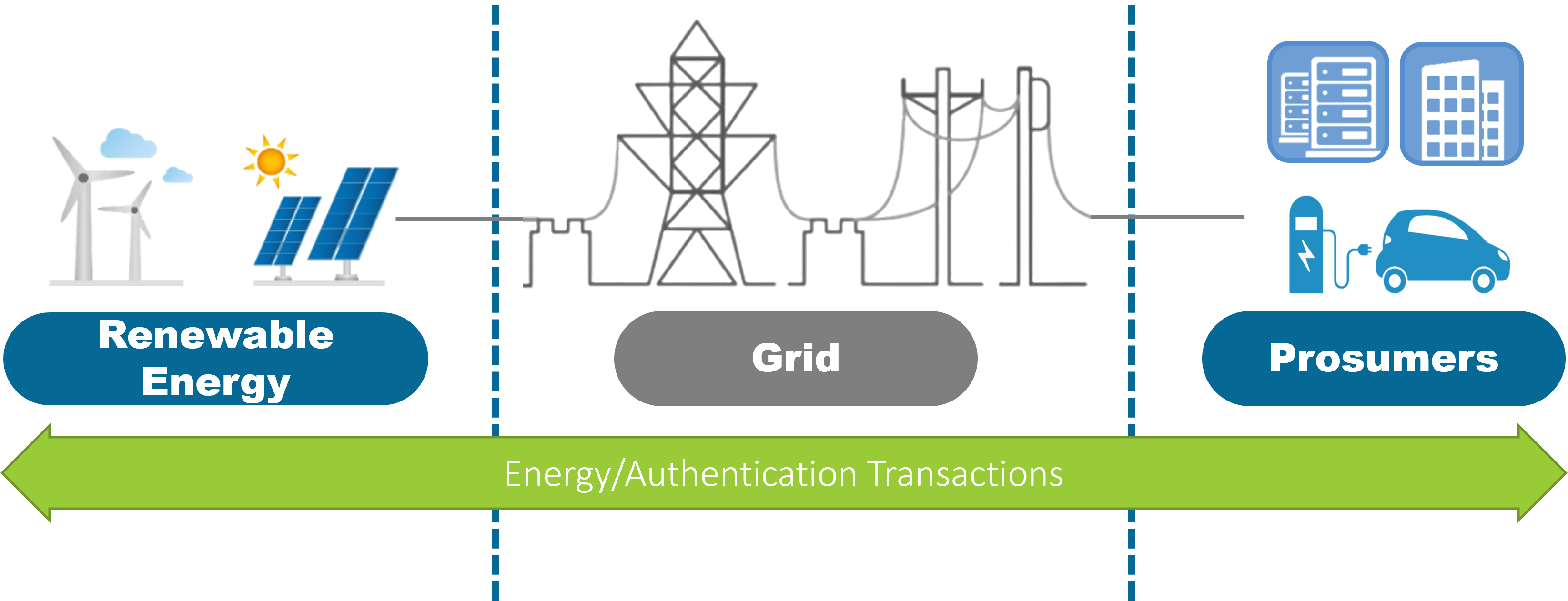
Research Focus:
The Internet of Things (IoT) enhances renewable energy networks by enabling efficient energy resource management and real-time monitoring across solar, wind, and other systems. A secure network for energy networks is vital, protecting against cyber threats and ensuring reliable power flow. Additionally, Machine Learning (ML) applications enable predictive insights, such as forecasting energy demand and optimizing grid balance. Together, IoT, secure networking, and ML create adaptive, efficient, and resilient renewable energy networks.
Collaborators: Sesu.ai, KHNP3. Smart Factory
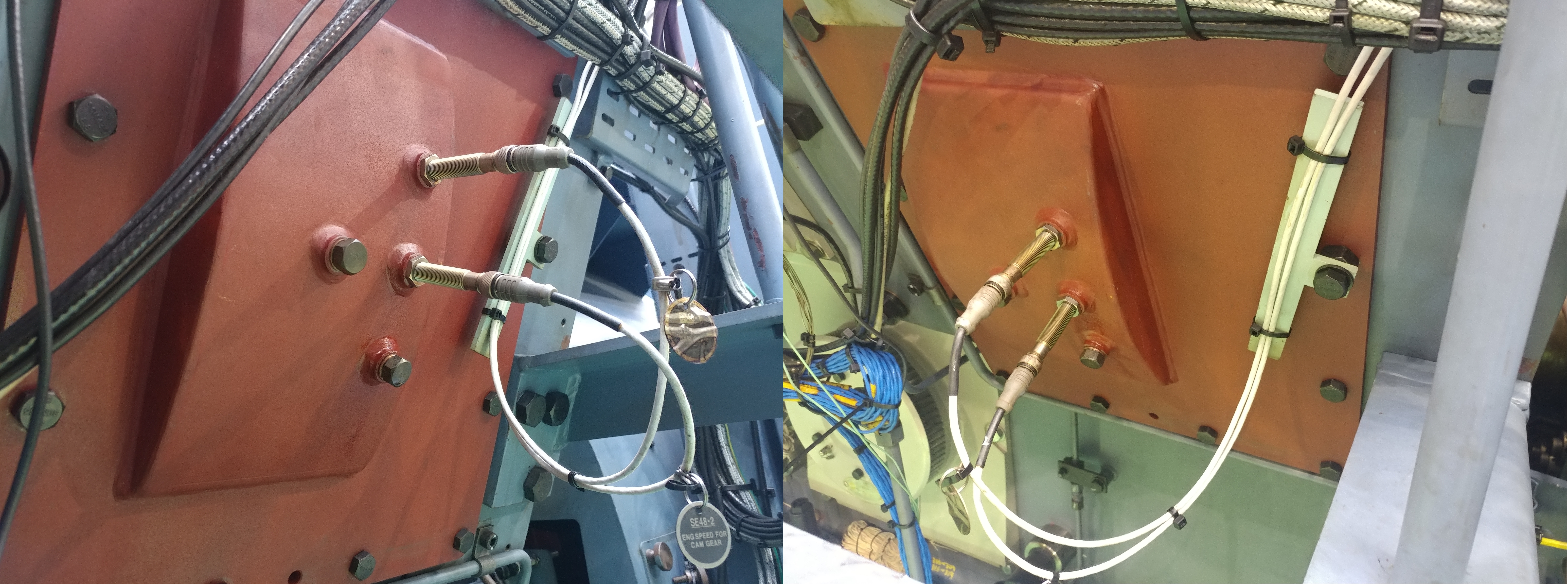 Research Focus:
Research Focus:
Smart factories leverage advanced AI techniques for real-time fault diagnosis and process optimization, enhancing productivity and reducing downtime. By using AI algorithms, these factories can automatically detect, predict, and address equipment faults, ensuring continuous operation. AI-driven systems also optimize production flows, adapt to demand fluctuations, and improve resource utilization. This integration of AI not only boosts efficiency but also supports a resilient, adaptive manufacturing environment essential for Industry 4.0.
Collaborators: Sesu.ai, KHNP4. Blockchain in Wireless Communication

Research Focus:
Blockchain is enhancing security in wireless networks by using decentralized, tamper-resistant ledgers to prevent data breaches. Integrating IoT with blockchain ensures secure, verifiable communication between connected devices. Additionally, decentralized management of wireless data networks minimizes reliance on central authorities, boosting network resilience. Machine learning further optimizes blockchain protocols, enhancing efficiency and scalability for dynamic wireless environments, creating secure and intelligent networks.
Collaborators: Sesu.ai, KHNP, ETRI, HHI, SpaceCode

